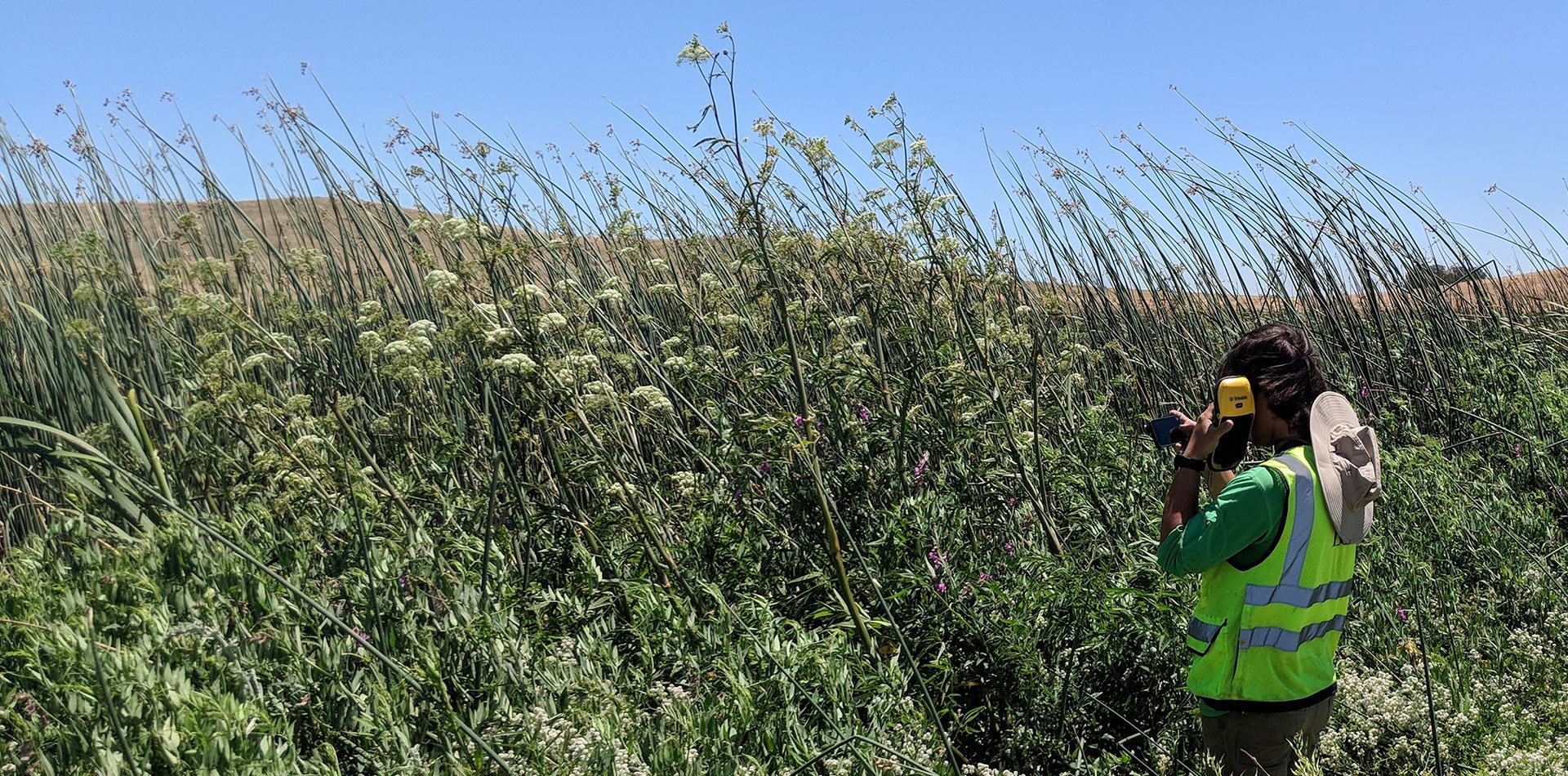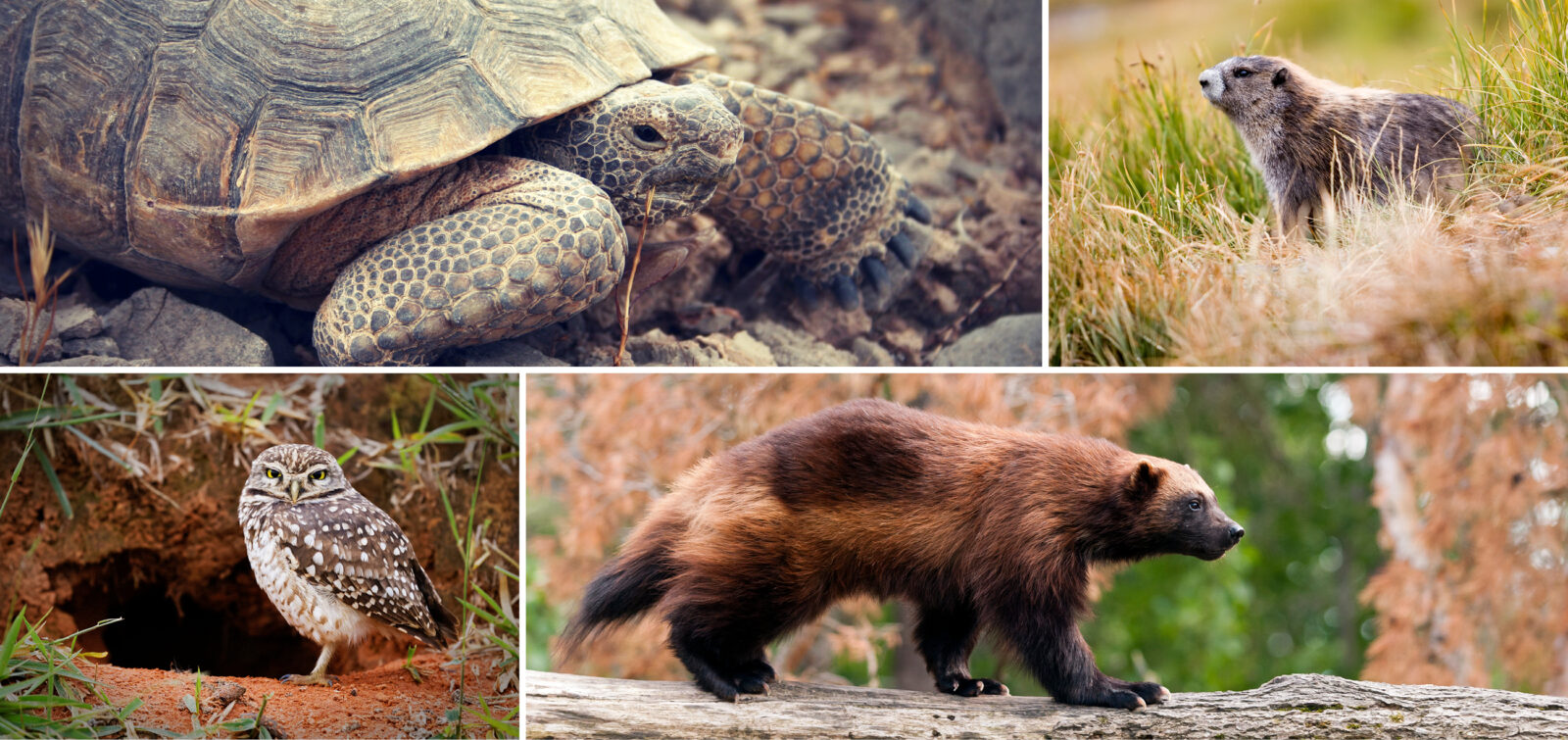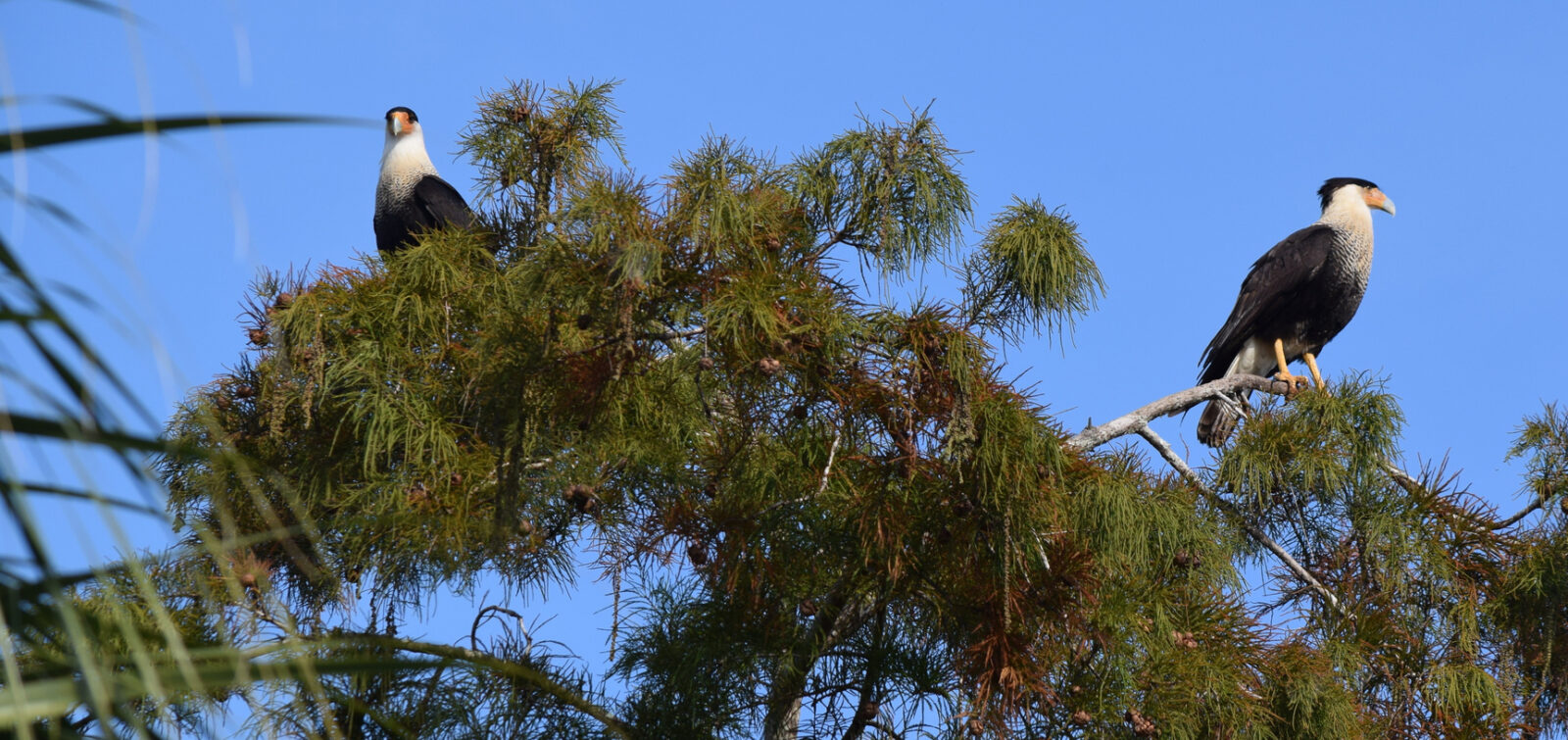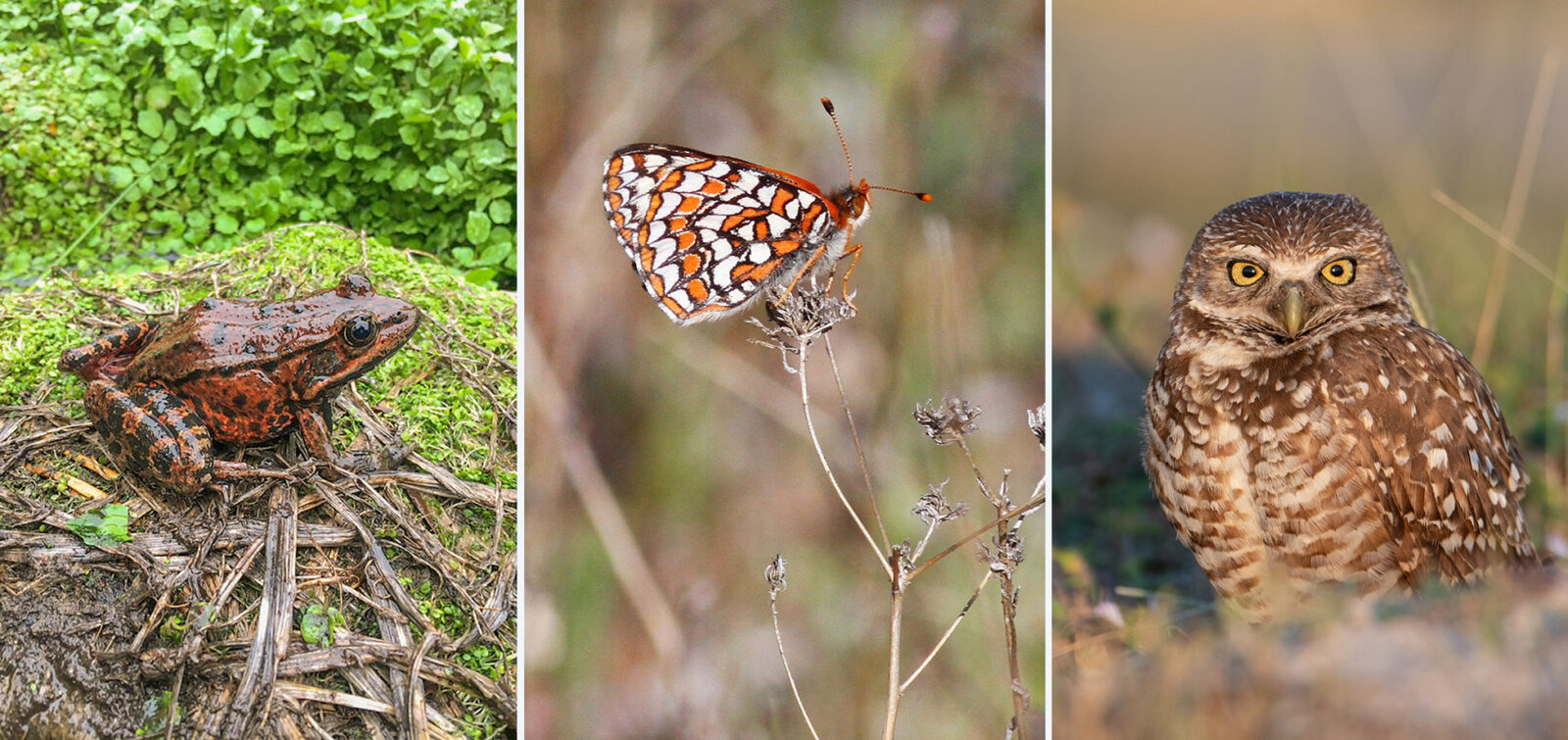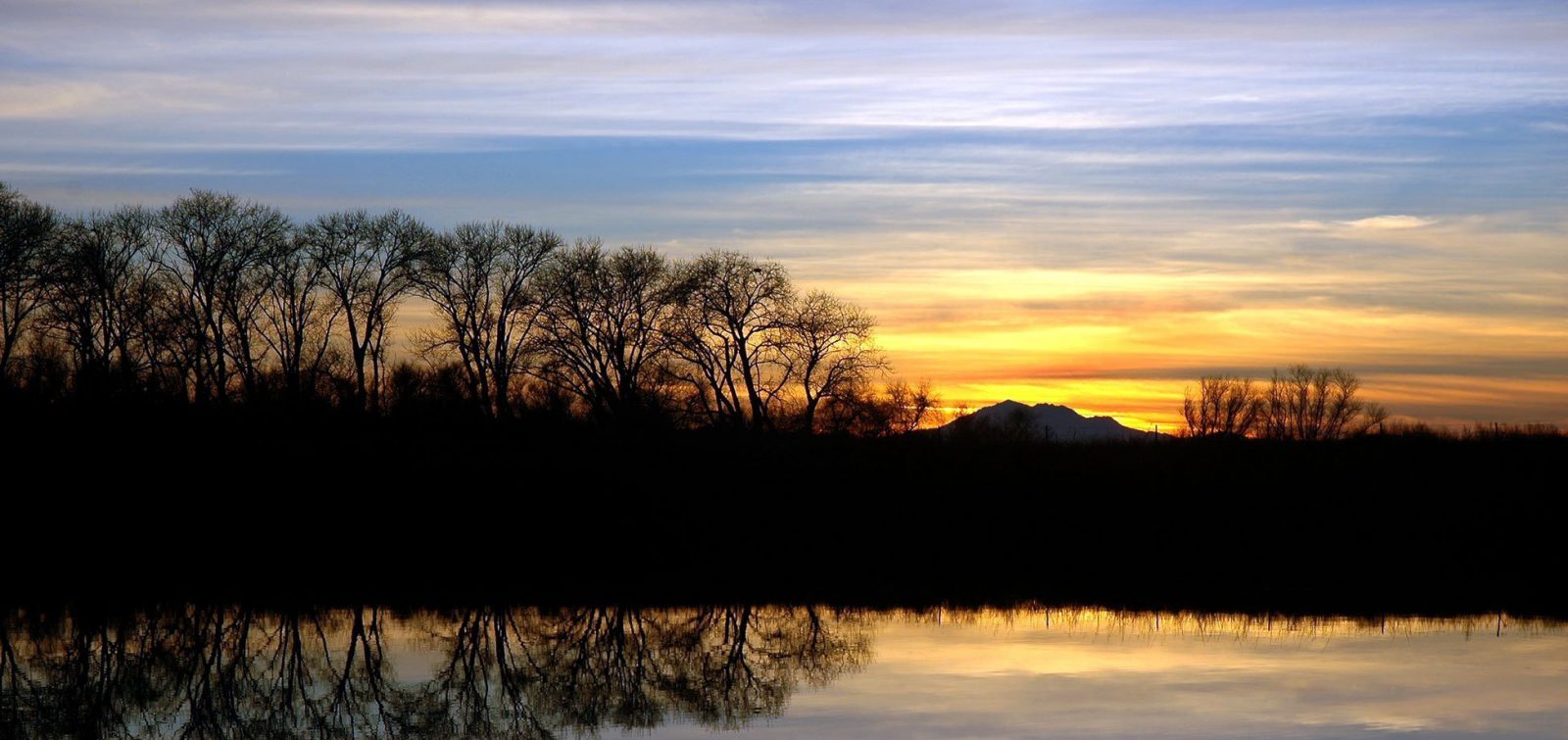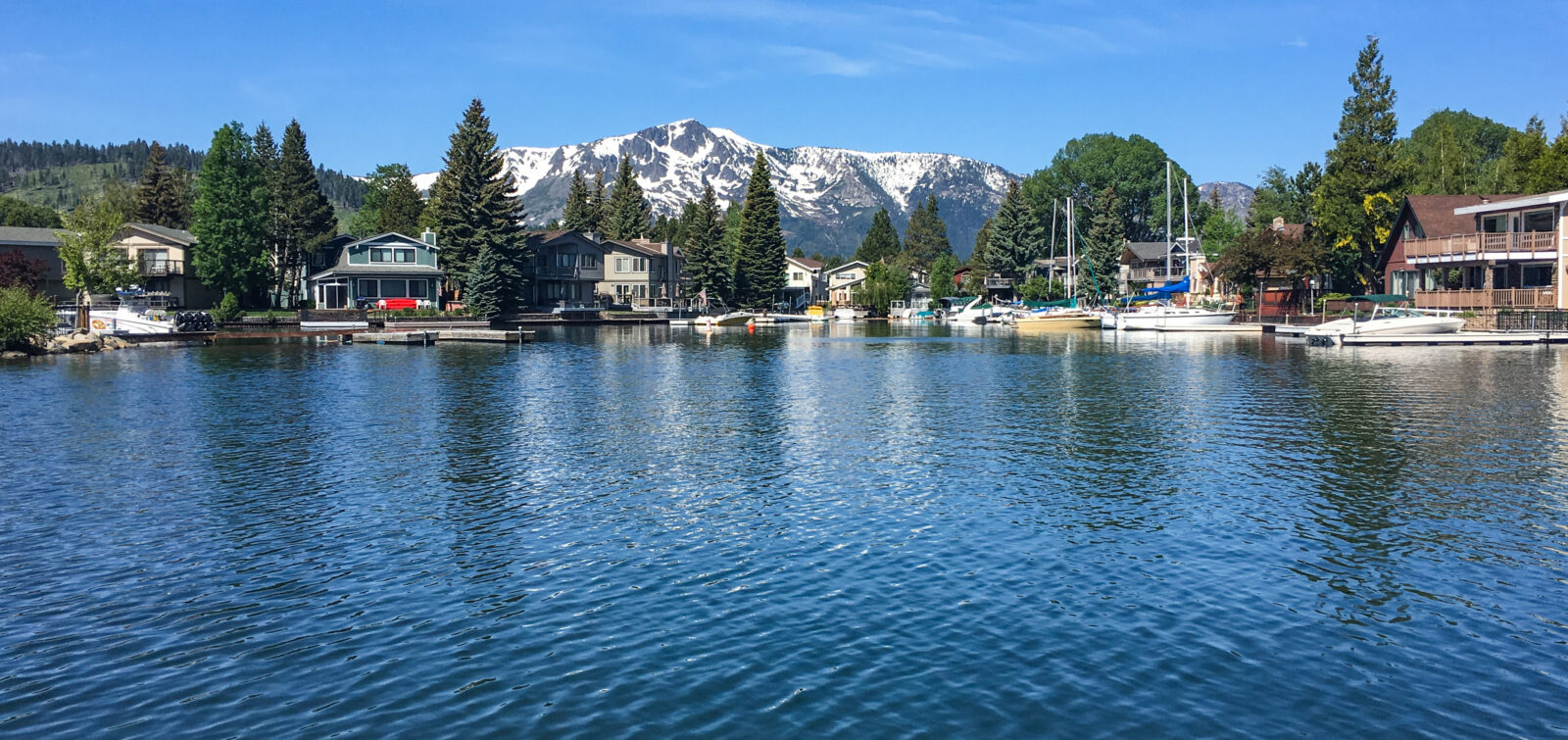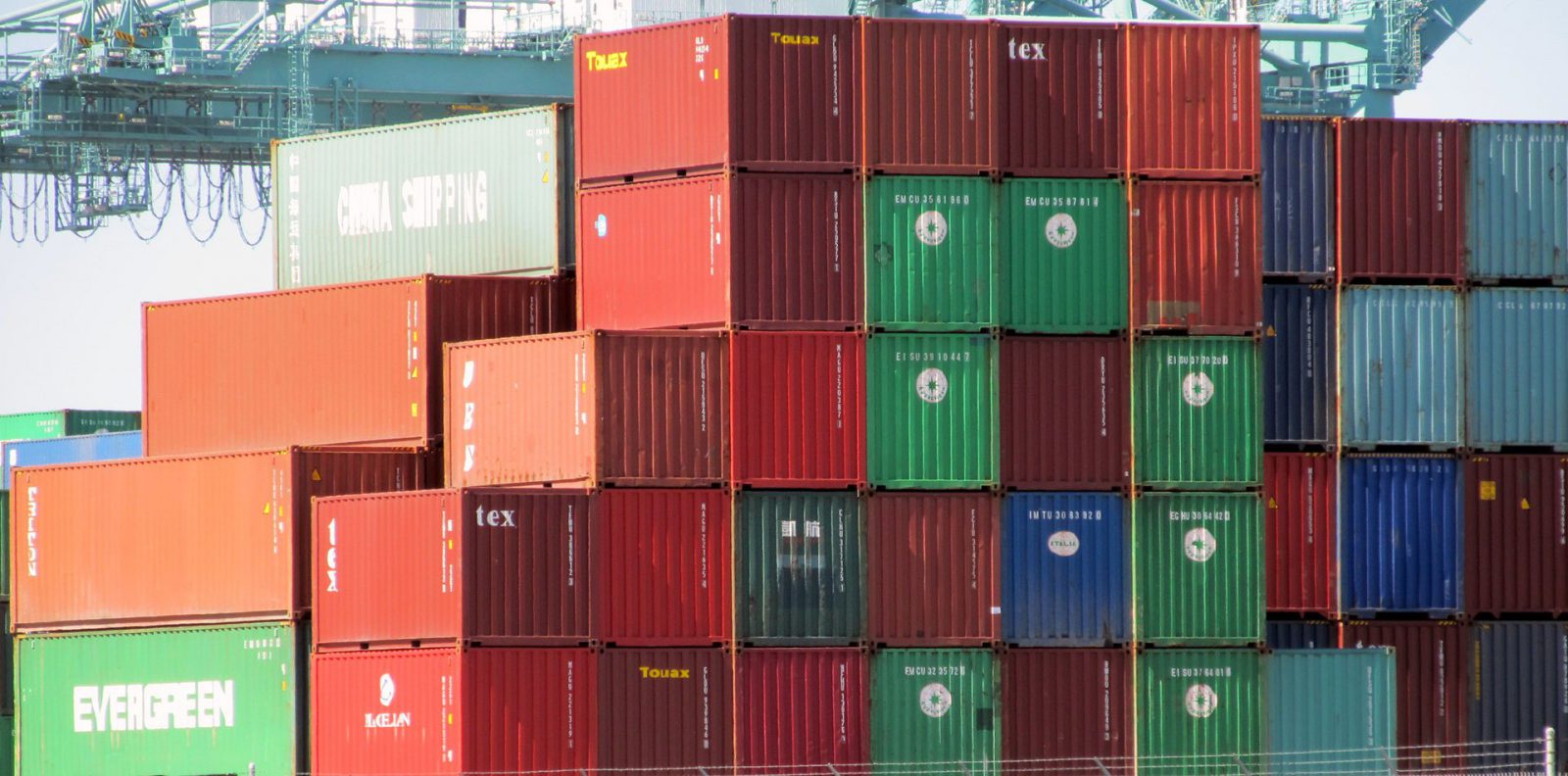As outdoor professionals, we have an obligation to minimize the spread of invasive species. When we travel from site to site, sometimes across large areas, we can inadvertently bring invasive species along with us from one site and introduce it to the next.
Unfortunately, there isn’t enough attention paid to this topic, but we know that the introduction of alien invasive species into an ecosystem is the second leading cause of species decline (second only to habitat degradation and ahead of pollution, overexploitation, and disease). In other words, introducing an invasive species that was stuck in the grooves of your boot to a new area can be much more destructive than littering.
So, with an understanding of the seriousness of the issue, how can we make sure we’re doing our part to mitigate it? Below are some simple steps that those working in the field can adopt to ensure they are “working clean.” And, really, they should be applied to people who recreate in nature too. While it will take some time and effort for these steps to become mainstream, it’s important that each of us does our part. Think of these steps as being similar to the mask wearing that has now become second nature; at first it seemed like an inconvenience, but, once we were informed, we consciously worked at making it a normal part of our lifestyle in order to protect others and ourselves.
What Exactly Are Invasive Species?
The term “invasive species” sounds a bit foreboding—and for good reason! An invasive species can be any kind of living organism that enters and causes harm to an ecosystem. They can displace native species, thereby altering biological communities and ecosystem processes. The list of species that can have detrimental effects on native habitats and populations is long and ever-expanding. 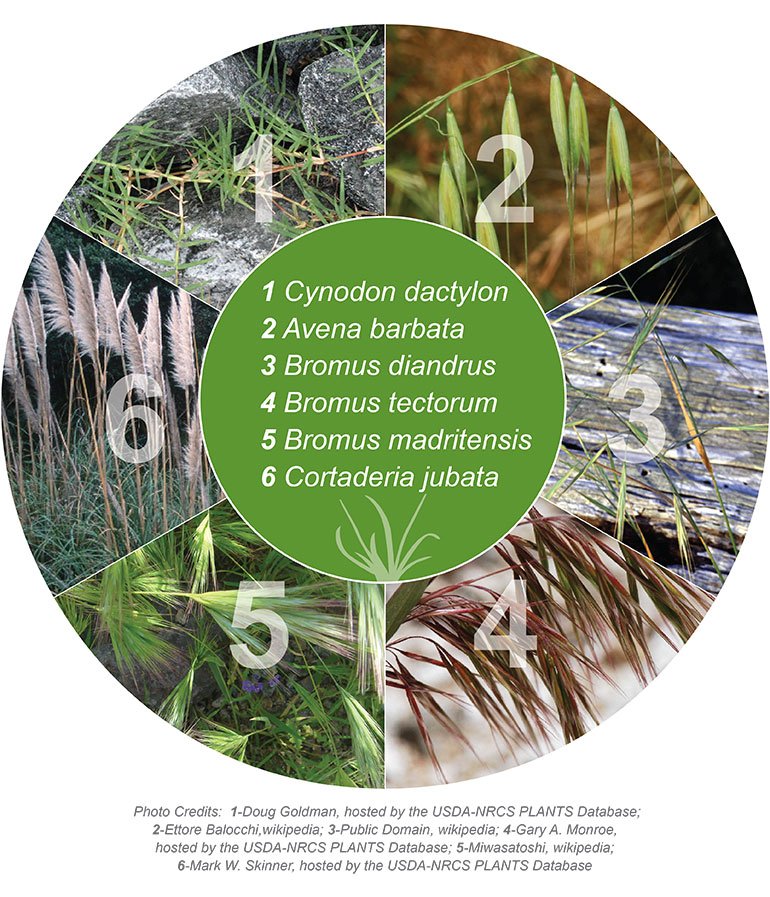
As more studies have been conducted, we’ve even found that some invasive species have been purposely brought to areas without knowing of their detrimental effects. In California, many grasses that have now been tagged as invasive were actually brought and planted there, taking over the state’s grasslands. As a result, native grass stands are much less common than they used to be. Your residential lawn is likely home to an invasive grass species, and yes, our shoes and clothing can pick up seeds from this grass and transplant it elsewhere, furthering the spread.
Best Management Practices
When we head out into the field for work (or for a stroll along a river bank or hike in our local community), we should consider ourselves potential vectors. Seeds and other materials can easily stick to our shoes and clothes and, if not cleaned off, be transported to the next work site or place we go to recreate. It is important to note that while some invasive plant materials such as large seeds can be visible to the naked eye, many invasive animals (e.g., larval stages) and pathogens are not; therefore, decontamination is recommended to ensure all field gear is properly cleaned.
The best way to minimize risk of transmitting invasive species into new areas is to ensure that all of our field gear is clean upon entering each site and leaving each site.
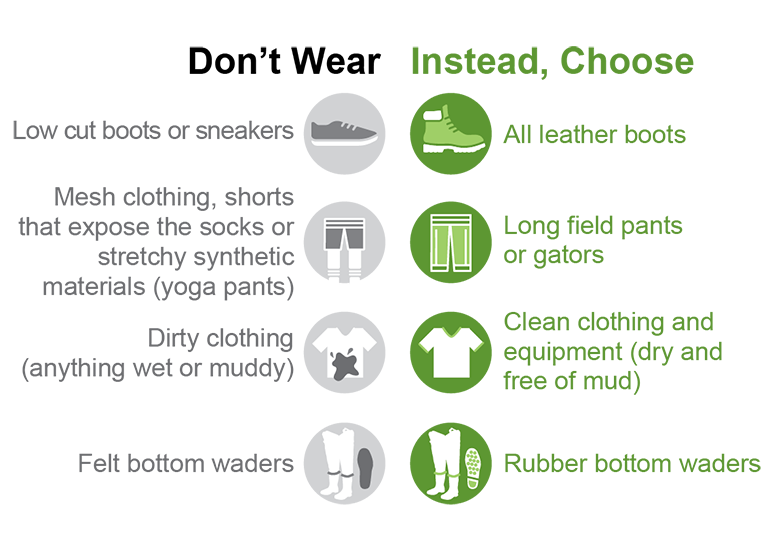
Beyond attire, we should all prepare for and implement these best management practices (BMPs):
• Sanitize your field gear (using 70%–90% ethanol or isopropyl alcohol)
– Before entering or exiting a site
– Keep a spray bottle in your vehicle!
• Clean
– Pick off each and every seed from boots and clothing (keep a boot brush with you)
– Wash and dry waders (many invasive species can live on wet clothing)
– Wash your vehicle, including the tires
Spreading the Word (Not the Species)
As we all begin to implement the advice given above, it’s critical to remember how many different teams work on habitat restoration projects and will also be present at these sites at various times. As biologists, we should consider providing simple, upfront education and training for the construction, engineering, and other project teams.
Our clients look to us to pen comprehensive plans to prevent the introduction and spread of invasive species. We are prepared to adapt to changing conditions and threats, and bring awareness and action to this important issue.
Similarly, we call on every nature-lover to take it upon themselves to educate family and friends before heading out on a walk. The bottom line is to come clean and leave clean. If we all put in a little bit of effort, we can make a difference and protect the biodiversity of our natural habitats. For more information, please reach out to
Joe Sanders.
